Edible Sweden: a foodie guide to the west coast
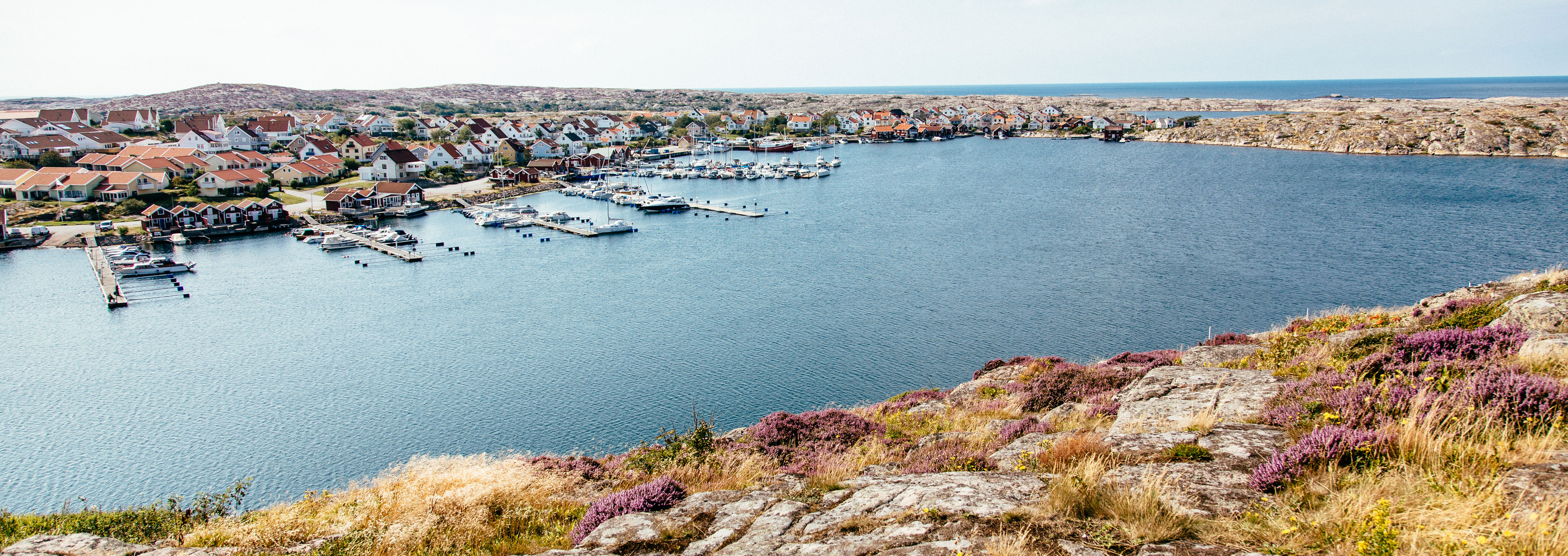
British enthusiasm for all things Scandinavian - from minimalist design to detective stories - has spread to the northern larder, well stocked as it is with smoked fish, venison, pickled vegetables, sourdoughs and crispbreads.
For the dedicated Scandophile, a plate of Ikea meatballs no longer cuts it. And while a new wave of high-end restaurants may scratch an itch, the best way to understand Nordic food is to pick a country, make the short trip north and eat what you find - ideally having caught or foraged it yourself.
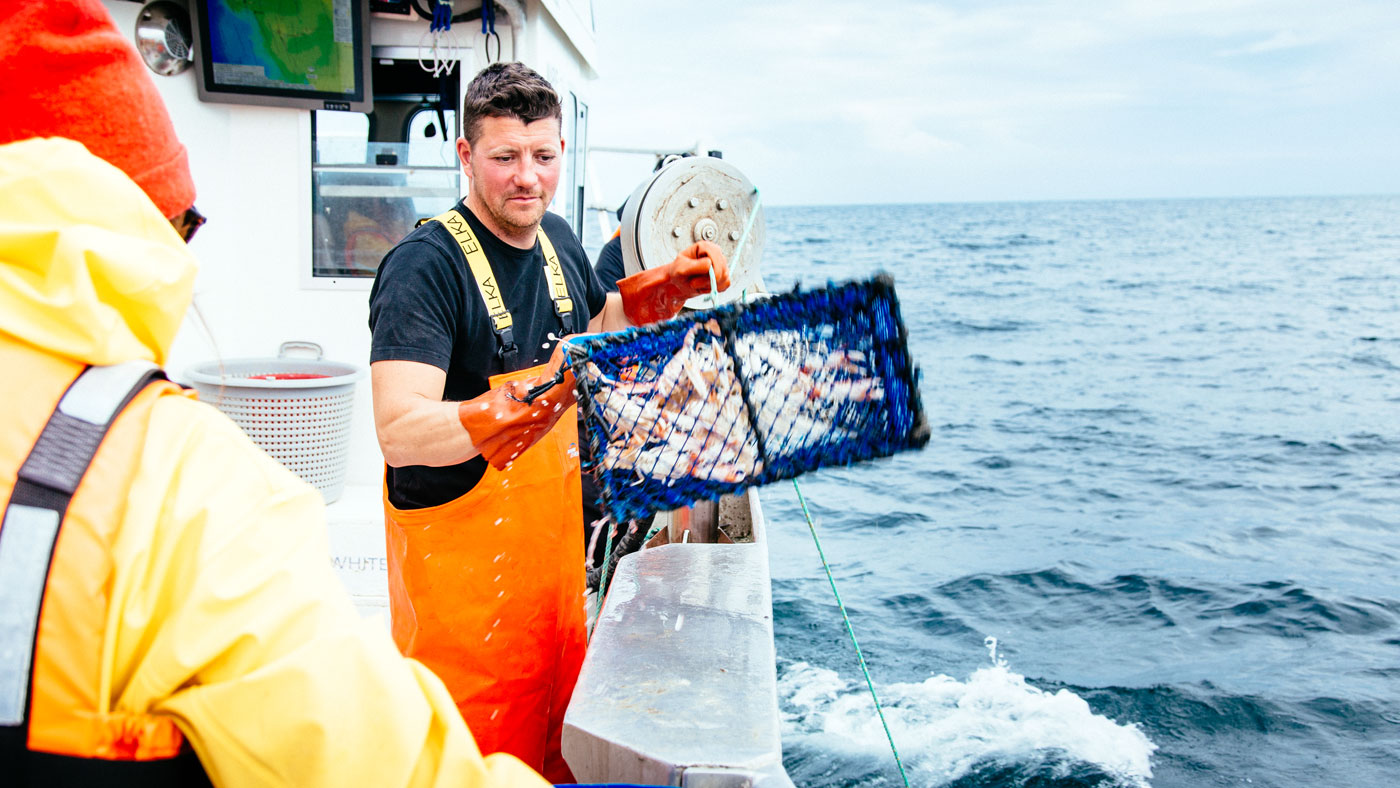
Langoustine fishing in Smogen
The Week
Escape your echo chamber. Get the facts behind the news, plus analysis from multiple perspectives.

Sign up for The Week's Free Newsletters
From our morning news briefing to a weekly Good News Newsletter, get the best of The Week delivered directly to your inbox.
From our morning news briefing to a weekly Good News Newsletter, get the best of The Week delivered directly to your inbox.
The west coast of Sweden is a place of quiet beauty, where rolling meadows and dark forests meet the slate-grey waters of the North Sea. The people who lived here would once have made their living from the land and sea, hunting deer and hauling cod, mackerel and shellfish aboard small fishing boats. A few still do: on the island of Smogen (top image), 60 miles north of Gothenburg, boats still set out from the picturesque harbour - but as well as professional fishermen, they now carry visitors seeking a taste of fresh langoustine.
Martin Olofsson, a fisherman with 20 years’ experience, leads one such tour to the fishing grounds in between Sweden and Norway. After a 45-minute cruise, he and his guest crew reel in a line of 70 traps, at a rate of one every few minutes (he has more than 400 in total, trailing out along the seabed 80 metres below). Visitors take turns to empty the pots, retrieving the langoustines and sorting them by size. The smallest are thrown back, as are the occasional stray fish, crabs and starfish which find their way into the traps. On the way back to port, the langoustines are boiled up in a huge cauldron of stock and then served, still hot to the touch, their flesh delicate and delicious, with cans of cold beer.
Smogens Fiske & Skargardsturer, fishing tours about £60 per person
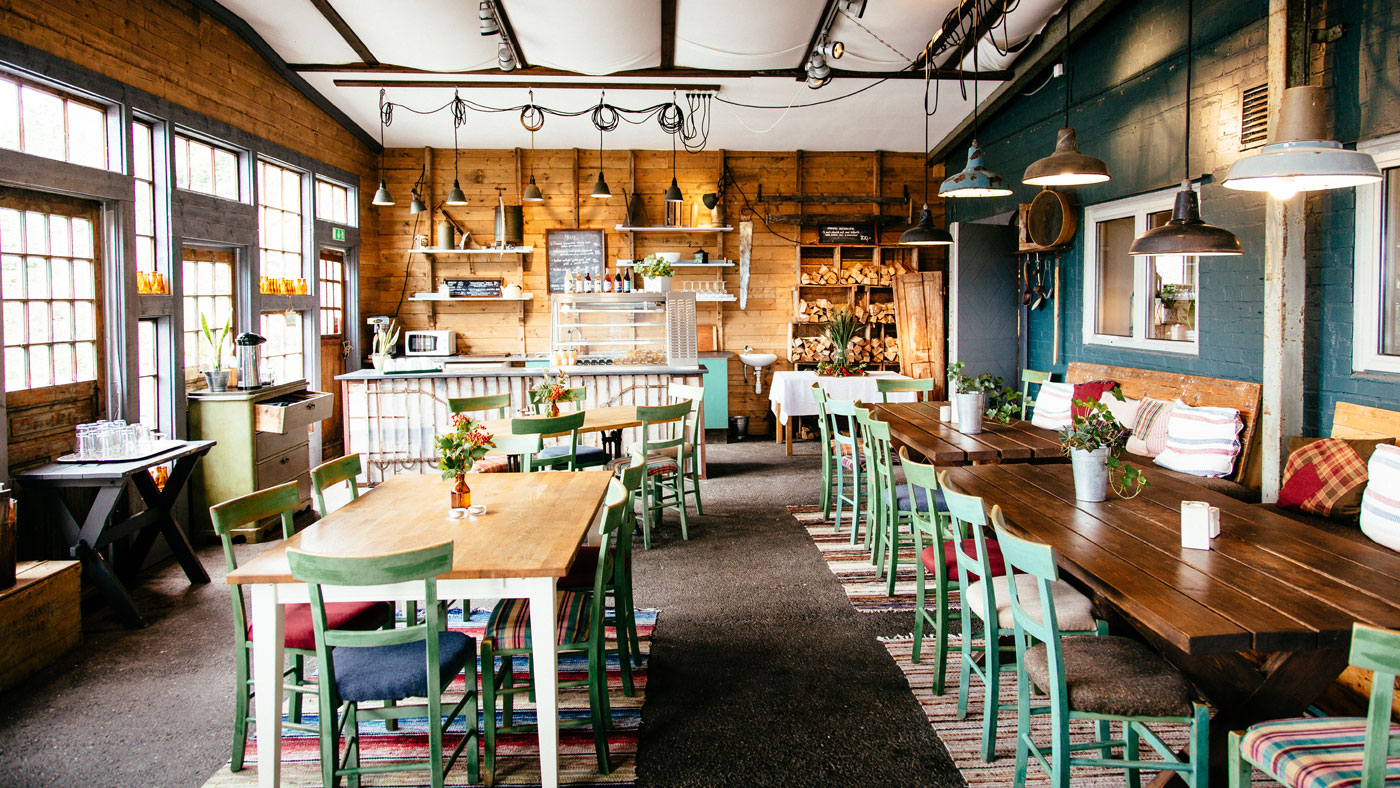
Cheese at Sivans Osthandel
A free daily email with the biggest news stories of the day – and the best features from TheWeek.com
Driving inland reveals the scale and sparsity of rural Sweden. The country is almost twice the size of the UK, and has a population of just 10 million. Its largest lake, Vanern, is twice the size of the entire English Lake District. On the flat farmland surrounding its shoreline is the village of Stora Levene, and near it a big steel barn selling handmade Swedish cheese.
It belongs to Sivan Johansson, who has been in the dairy business for more than five decades - and whose family has been making cheese since 1875. The line of succession looks secure: Sivan’s daughter, Sofia, has now taken over day-to-day supervision of the dairy, restaurant and farm shop. It serves fabulous breads, from sourdoughs and crispbreads to a semi-sweet apricot and walnut loaf, as well as a rich and generous quiche which has entered local legend. The main attraction, though, is the array of fine cheeses, all made from locally produced milk and many enriched with myth and custom. Prastost or “priest cheese”, for example, a hard cheese matured for 36 months, was once used to pay religious tithes, while vasterbotten, named after a northern county of Sweden, is now an integral part of a traditional crayfish party (see below).
Sivans Osthandel, Stora Levene
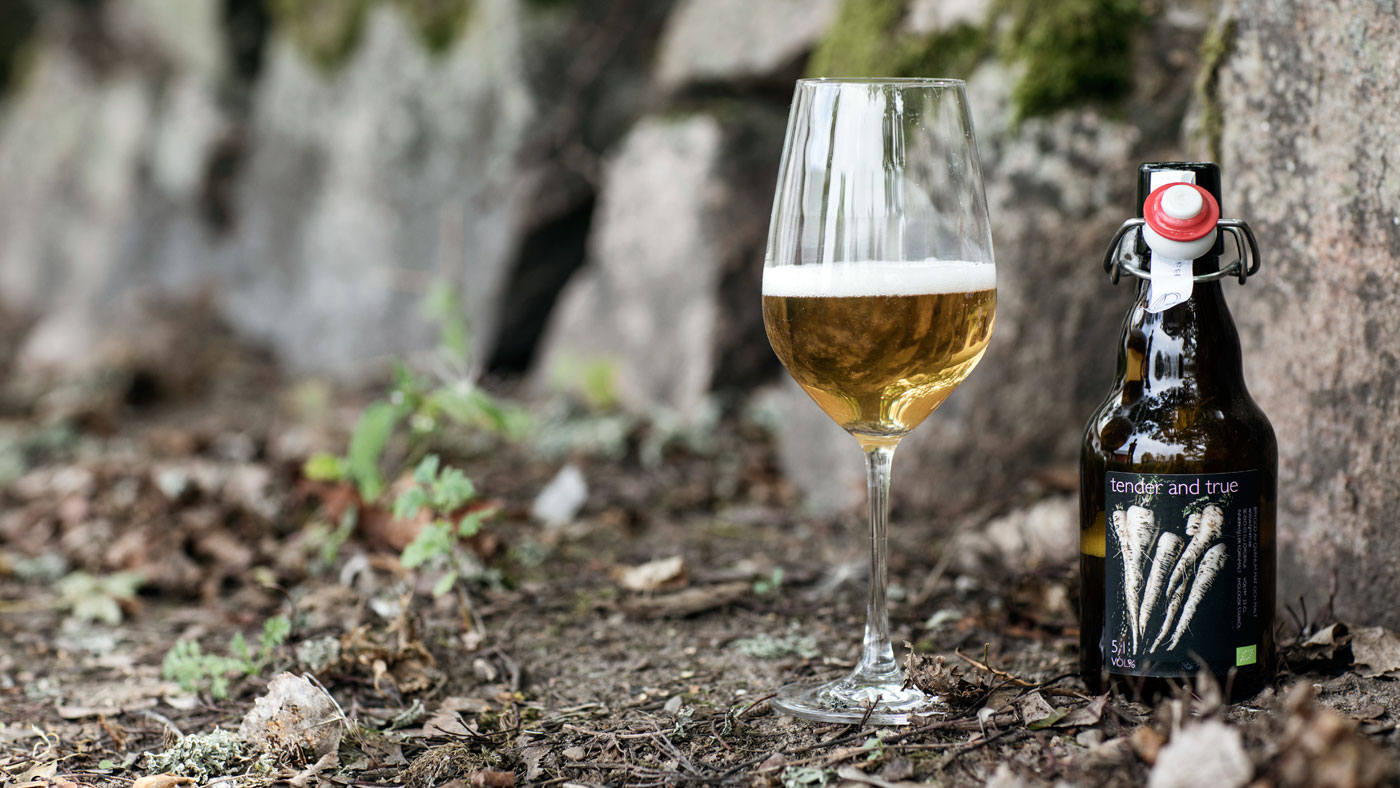
Photo by Tina Stafren/Visit Sweden
Beer and schnapps at Qvanum Mat and Malt
One of the cheeses made by the Johanssons is washed in beer produced a short drive away at Qvanum Mat and Malt, a brewery and distillery inspired by Swedish hops and British enthusiasm. It started up in 2005, when farmhouse owners Claes and Annica Wernerson opened a restaurant and, with the help of a Scottish neighbour, began making beer. The following year they built a distillery to produce schnapps too.
For several years, they relied on the restaurant for their income, not least because strict Swedish laws make it all but impossible for small suppliers to sell alcohol directly to the public, but increasing curiosity about craft beer - and attention from some high-profile restaurants - helped to bolster demand. In 2013 they closed the restaurant to focus on their liquid output.
Now, the couple supply certified organic beers made from local hops to restaurants including three-Michelin-starred Frantzen, in Stockholm. They also offer tastings at their farmhouse, convivial affairs fuelled by schnapps as well as their 15 brews, ranging from light, fruity IPAs to hefty porters - their Ambassador brew weighs in at 7.8% abv. Claes is happy to explain the story behind each of them.
Qvanum Mat and Malt, Qvanum. Tastings from about £40 per person
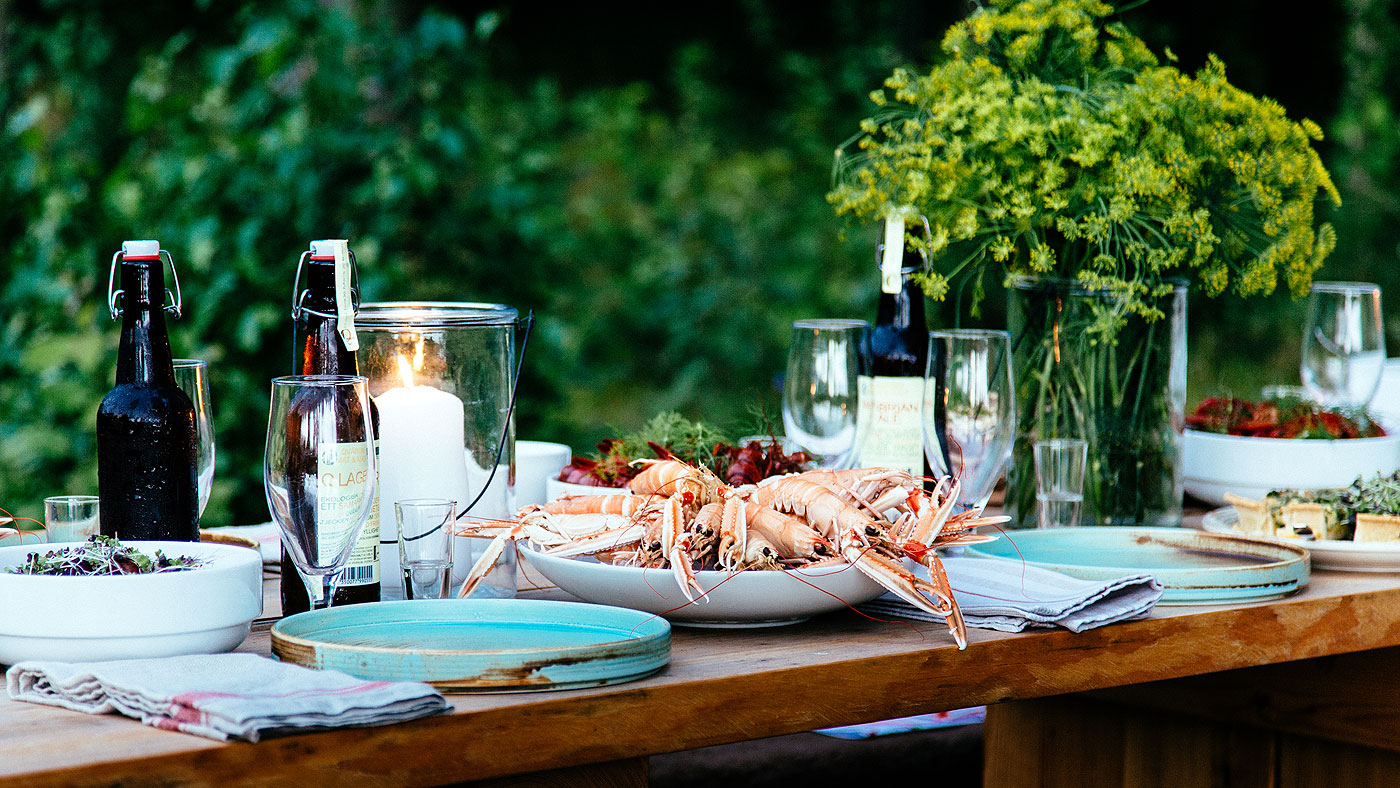
Catching crayfish at Norrqvarn
Another hour or so inland, on the banks of the Gota Canal, sits a majestic old mill building which now serves as the Norrqvarn Hotell and Konferens. The waterway, which links Gothenburg with the Baltic (via Lake Vanern), is also home to a burgeoning population of crayfish. The plentiful seafood helps to explain the presence of a huge picnic table (above), one of 13 set up across Sweden to promote “the edible country” - a campaign encouraging more people to go out foraging for natural bounty. Visitors can book a place at the table and receive a package of basic ingredients from the hotel, along with instructions about what you can unearth from the surrounding forest, and how to cook it (or you can book the services of a chef).
In late summer, though, the richest harvest comes not from the woods but the water. A baited cage cast into the canal at dusk will, a few hours later, come out packed with crayfish - or if not packed then at least not empty. After a thorough rinsing, the crustaceans are best served in the open air, with cheese, beer, schnapps and langoustines, amid much raucous singing.
Edible Country table, Gota Canal. Ingredients from about £12
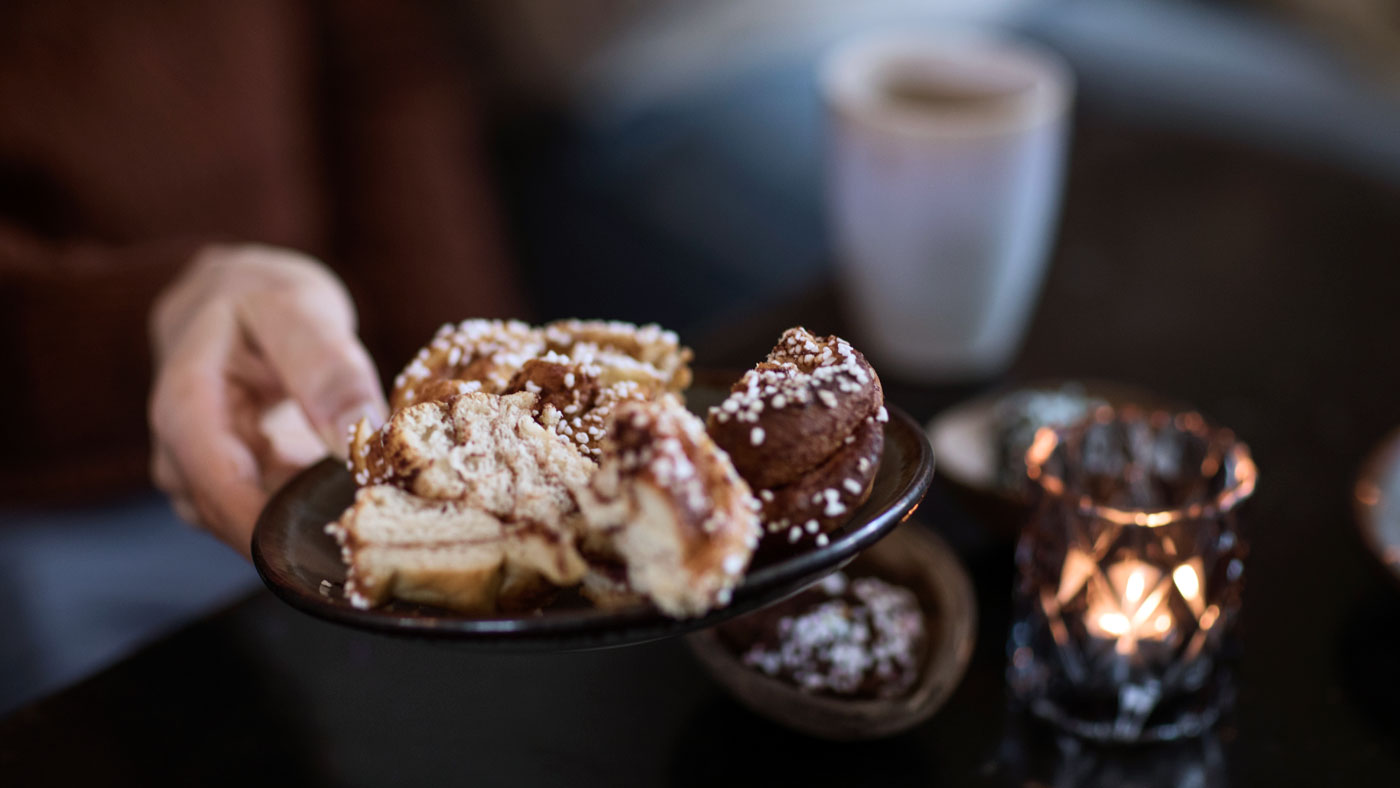
Photo by Tina Stafren/Visit Sweden
Fika in Gothenburg (and everywhere else)
Wherever you are in Sweden, you should make time for fika. To outsiders it may sound a lot like a tea break, but to those in the know the practice of setting aside your work and worries for coffee and cake is a sacred way of life. Gothenburg abounds with enticing cafes in which to fika with your friends - it’s a risqué-sounding verb as well as a noun - from the comforting cosiness of chains like Condeco, to delightful independent outlets. Da Matteo on Magasinsgatan does excellent coffee (and generously filled sandwiches, if you’re looking for something more substantial). But the best fika may be the one you didn’t know you needed, when you turn the corner in a little Swedish village and you happen on a place like Cafe Flora, its charming rustic tables groaning under the weight of cinnamon buns, walnut slices and other nameless delights.
Holden Frith is The Week’s digital director. He also makes regular appearances on “The Week Unwrapped”, speaking about subjects as diverse as vaccine development and bionic bomb-sniffing locusts. He joined The Week in 2013, spending five years editing the magazine’s website. Before that, he was deputy digital editor at The Sunday Times. He has also been TheTimes.co.uk’s technology editor and the launch editor of Wired magazine’s UK website. Holden has worked in journalism for nearly two decades, having started his professional career while completing an English literature degree at Cambridge University. He followed that with a master’s degree in journalism from Northwestern University in Chicago. A keen photographer, he also writes travel features whenever he gets the chance.
-
 The Night Manager series two: ‘irresistible’ follow-up is ‘smart, compelling’ TV
The Night Manager series two: ‘irresistible’ follow-up is ‘smart, compelling’ TVThe Week Recommends Second instalment of the spy thriller keeps its ‘pace’, ‘intrigue’ and ‘sly sexiness’
-
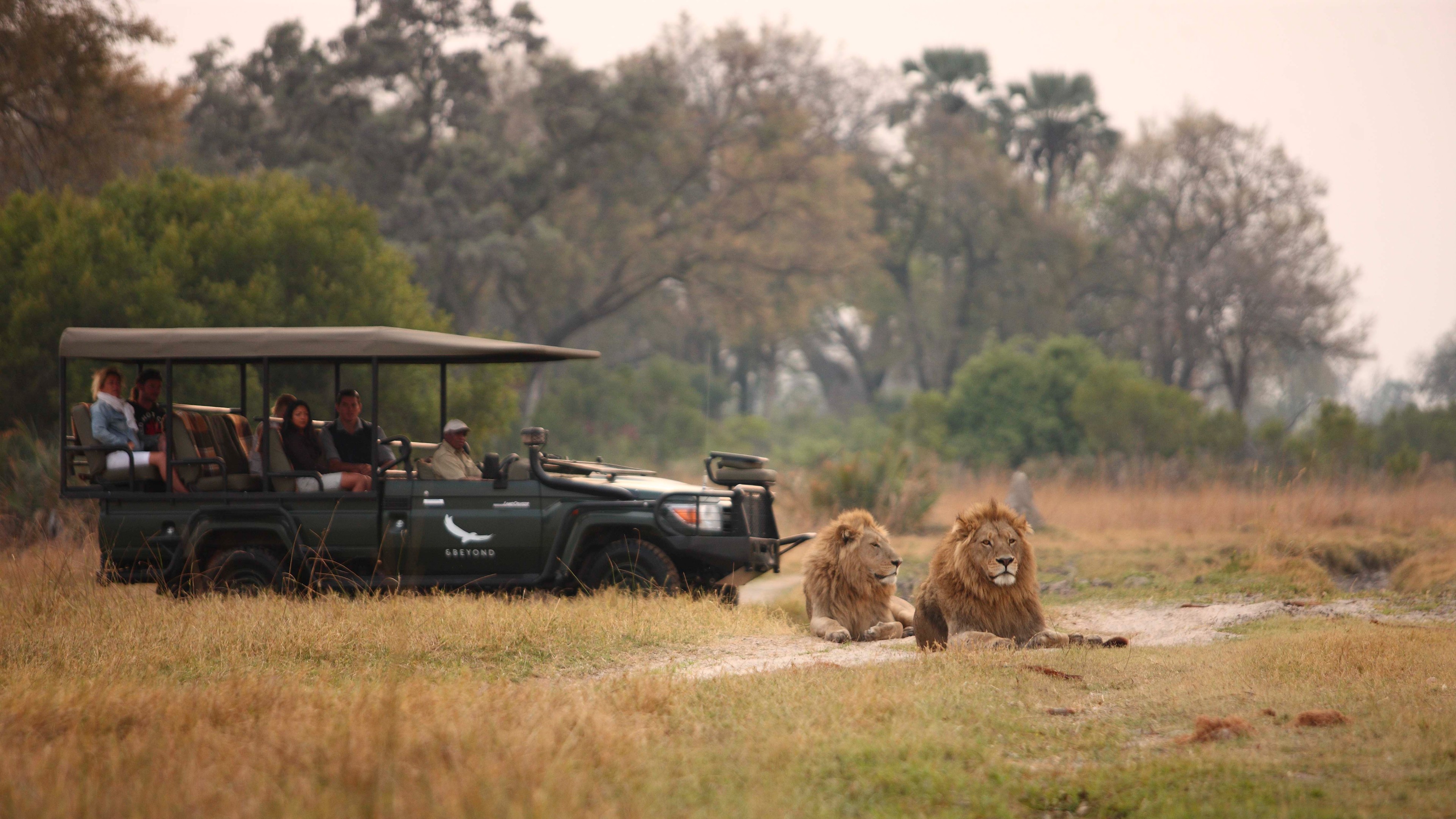 11 hotels opening in 2026 to help you reconnect with nature
11 hotels opening in 2026 to help you reconnect with natureThe Week Recommends Find peace on the beaches of Mexico and on a remote Estonian island
-
 Zimbabwe’s driving crisis
Zimbabwe’s driving crisisUnder the Radar Southern African nation is experiencing a ‘public health disaster’ with one of the highest road fatality rates in the world
-
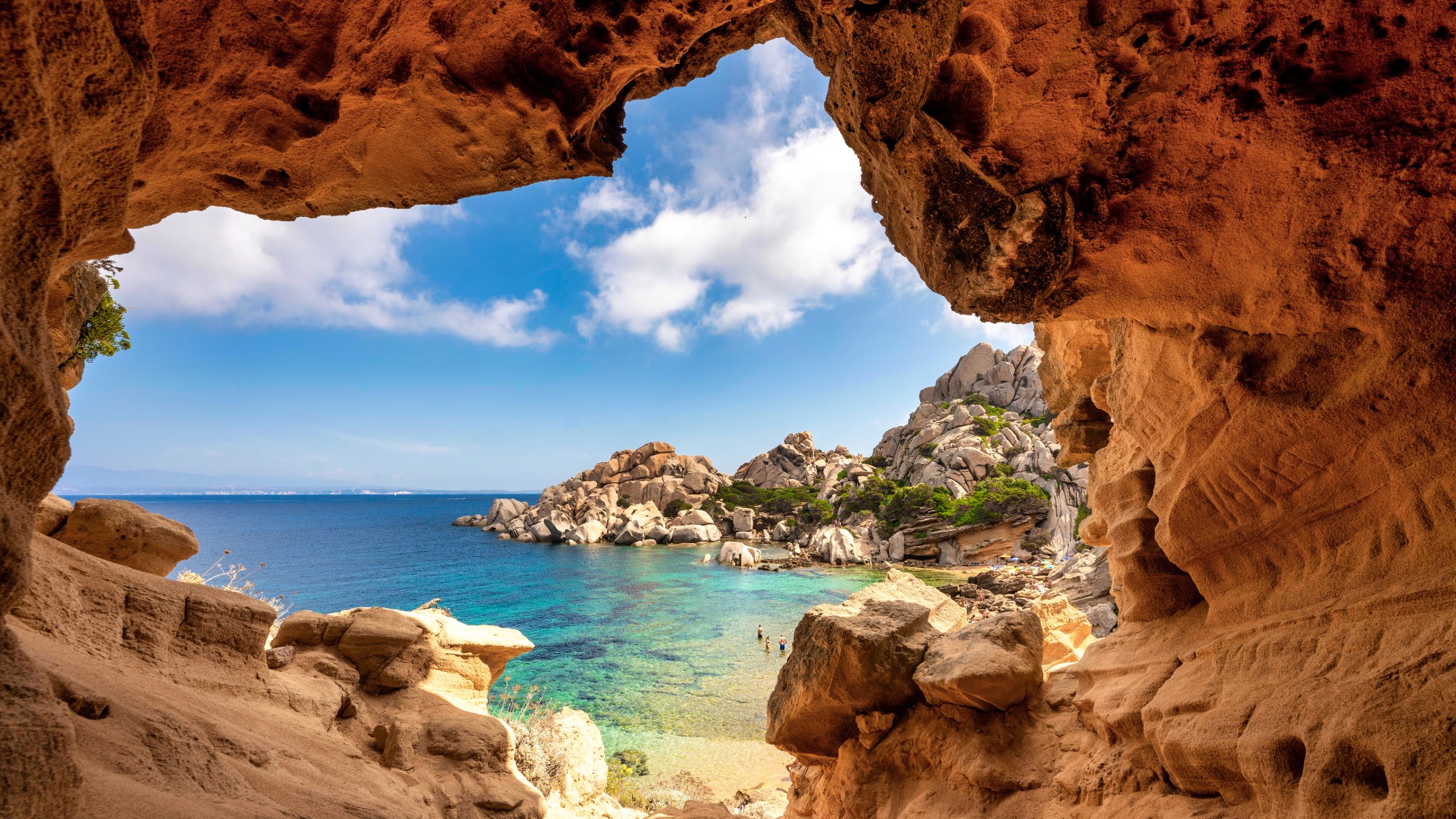 8 incredible destinations to visit in 2026
8 incredible destinations to visit in 2026The Week Recommends Now is the time to explore Botswana, Mongolia and Sardinia
-
 See the Northern Lights from these bucket list destinations
See the Northern Lights from these bucket list destinationsThe Week Recommends The dazzling displays can be spotted across Iceland, Sweden and parts of Canada
-
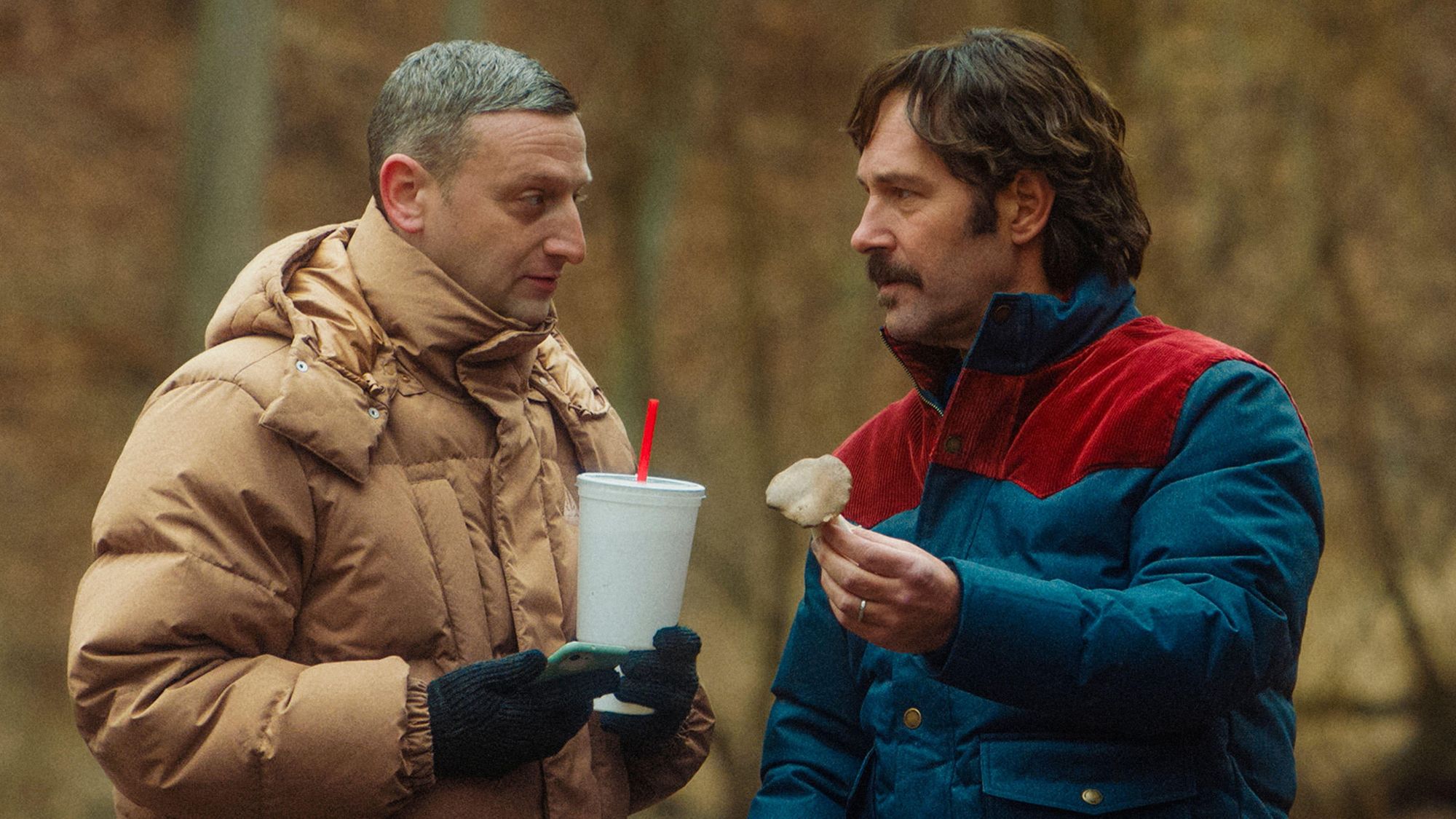 Friendship: 'bromance' comedy starring Paul Rudd and Tim Robinson
Friendship: 'bromance' comedy starring Paul Rudd and Tim RobinsonThe Week Recommends 'Lampooning and embracing' middle-aged male loneliness, this film is 'enjoyable and funny'
-
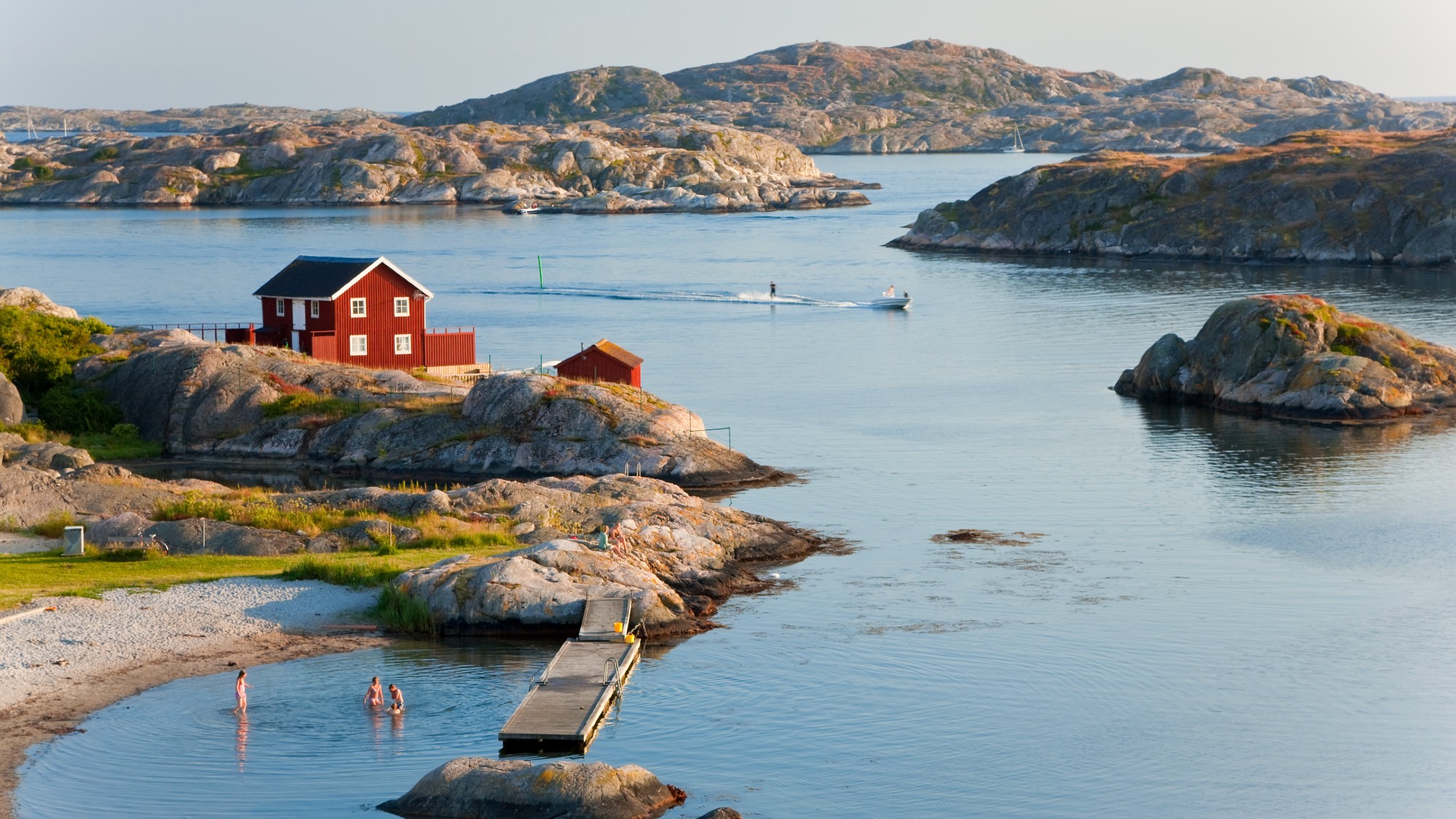 How to enjoy the coolest of coolcations in Sweden
How to enjoy the coolest of coolcations in SwedenThe Week Recommends You won't break a sweat on Lake Asnen or underground at the Adventure Mine
-
 The Count of Monte Cristo review: 'indecently spectacular' adaptation
The Count of Monte Cristo review: 'indecently spectacular' adaptationThe Week Recommends Dumas's classic 19th-century novel is once again given new life in this 'fast-moving' film
-
 Death of England: Closing Time review – 'bold, brash reflection on racism'
Death of England: Closing Time review – 'bold, brash reflection on racism'The Week Recommends The final part of this trilogy deftly explores rising political tensions across the country
-
 Sing Sing review: prison drama bursts with 'charm, energy and optimism'
Sing Sing review: prison drama bursts with 'charm, energy and optimism'The Week Recommends Colman Domingo plays a real-life prisoner in a performance likely to be an Oscars shoo-in
-
 Kaos review: comic retelling of Greek mythology starring Jeff Goldblum
Kaos review: comic retelling of Greek mythology starring Jeff GoldblumThe Week Recommends The new series captures audiences as it 'never takes itself too seriously'